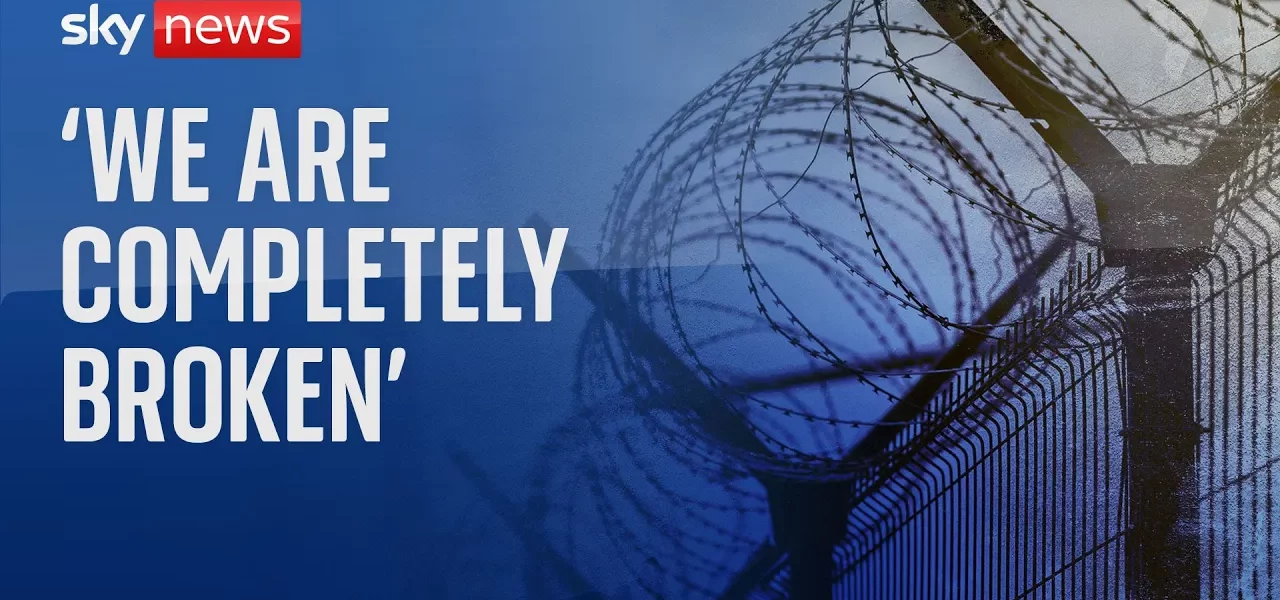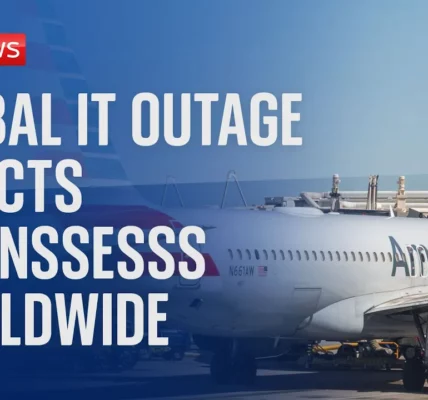This Man Took My Child’s Life Away: A Mother’s Fight for Justice

In a deeply troubling case, a mother speaks out against the early release of the man who violently harmed her child. This article explores the implications of current justice policies, the emotional toll on victims, and the urgent need for reform.
Introduction
The story of a mother fighting for justice for her child has surfaced, highlighting the complexities and emotional turmoil surrounding early prisoner releases. This situation arises when violent offenders, such as those convicted of child abuse, are released early due to overcrowding in prisons. This article delves into the harrowing details of the case, the policies that allow such releases, and the voices of the victims who are left feeling abandoned by the justice system.
The Impact of Violent Crimes on Victims
When a child is subjected to violence, the repercussions are far more profound than physical injuries. In the case of Ellie, not her real name, her young son suffered severe and lasting damage after being violently shaken by an offender. The consequences of this act have altered his life irrevocably.
Physical and Emotional Ramifications
- Mobility Issues: The child’s ability to move freely has been compromised, affecting his independence.
- Vision Impairments: Injuries sustained have resulted in significant visual challenges.
- Feeding Difficulties: The ability to eat without assistance has been severely hampered.
- Seizures: Daily seizures have become a grim reality for the family.
These challenges not only affect the child but also place an immense emotional burden on the family, particularly the mother, who feels a sense of helplessness and heartbreak.
The Justice System’s Early Release Policies
Ellie’s story brings to light the troubling policies that govern the early release of offenders. Currently, eligible prisoners can be freed after serving only a fraction of their sentence—often as little as 40%—to alleviate overcrowding in jails.
Policy Implications
This policy raises significant concerns among victims and advocates alike. The focus on the offender’s eligibility based solely on their charge, rather than their history or potential risk to society, is seen as a critical flaw.
Victim Advocacy and Calls for Change
Victims like Ellie are calling for a reassessment of these policies. They argue that:
- The emotional and physical impacts on victims should be taken into account.
- There should be a distinction made for crimes committed in domestic settings.
- Victims should have a voice in discussions about offender release.
Ellie’s hypothetical meeting with government officials illustrates the desperation for change. She emphasizes the need for policymakers to understand the real-life impacts of their decisions.
Personal Stories of Other Victims
The emotional toll on victims is echoed in the experiences of others like Elizabeth Hudson, who has bravely shared her story. Elizabeth’s ex-husband, who assaulted her and threatened her life, was sentenced to a mere six years due to legal loopholes that allowed for early release based on non-domestic violence charges.
Legal Loopholes and Their Consequences
The distinction between charges can lead to dangerous outcomes:
- Domestic abuse offenders may find loopholes in the law that allow them to be eligible for early release.
- The lack of specific domestic abuse classifications can result in offenders receiving lighter sentences.
- Victims often feel abandoned by a system that prioritizes offender rights over their safety.
This highlights the urgent need for reforms that ensure victim safety and hold offenders accountable.
Government Response and Future Measures
The government acknowledges the criticisms surrounding the early release policies. They have indicated plans to reform the system, particularly in light of the backlash from victims and advocates.
Revised Policies
In July, the Lord Chancellor announced a new approach that aims to exclude several domestic abuse-related offenses from early release eligibility. However, many victims remain skeptical about these changes.
Challenges Ahead
The challenge lies in effectively implementing these reforms while ensuring that the voices of victims are heard. The emotional scars left by violent crimes cannot be overlooked in the pursuit of systemic changes.
Conclusion
The heart-wrenching story of Ellie and her son serves as a stark reminder of the shortcomings of the current justice system. The emotional and physical impacts of violent crimes extend far beyond the courtroom, affecting families for a lifetime. As advocates call for reform, it is crucial to remember that policies should prioritize the safety and well-being of victims. If you are passionate about victim rights and justice reform, consider reaching out to your local representatives to voice your concerns and support for policy changes that protect victims. Together, we can foster a justice system that truly serves and protects all its citizens.
“`




